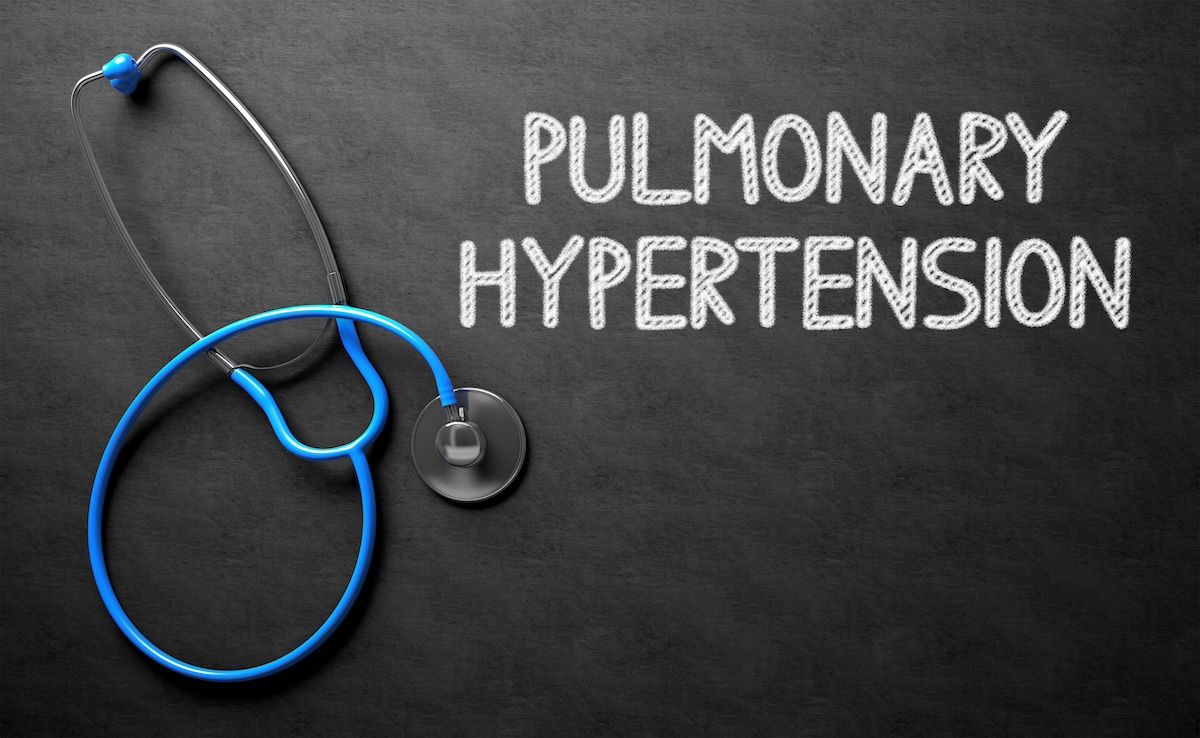- Center on Health Equity & Access
- Clinical
- Health Care Cost
- Health Care Delivery
- Insurance
- Policy
- Technology
- Value-Based Care
PAH Treatment Outcomes Similar Regardless of Diagnosis Time
The study findings underscore the importance of early initiation of macitentan and tadalafil among patients who have pulmonary arterial hypertension (PAH), and represent a shift in understanding of prognosis based on diagnosis timing.
Patients recently diagnosed with pulmonary arterial hypertension (PAH) have similar outcomes as those diagnosed more than 6 months ago, suggest new study findings published in Advances in Therapy.1
The study, which found that survival and hospitalization rates were comparable between the 2 groups of patients receiving macitentan and tadalafil (M+T), underscore the importance of early initiation of M+T and represent a shift in understanding of prognosis based on diagnosis timing.
“Historically, patients with PAH who are within 6 months of diagnosis (incident) have had a poorer prognosis in terms of survival and disease progression compared to patients who are further out from diagnosis (prevalent), an observation that is often attributed to the fact that prevalent populations are prone to survivor bias,” explained the researchers. “However, analyses from the more recent US-based [Pulmonary Hypertension Association Registry] have shown no difference in all-cause mortality between incident and prevalent patients. Although the reasons for this shift are presumably multifactorial, more contemporary registries likely reflect advances made in the management of PAH, including greater and earlier use of combination therapy.”
In this analysis, survival and hospitalization rates were comparable between newly diagnosed patients and those with a longstanding diagnosis. | Image Credit: © Designpics - stock.adobe.com

The new findings from 2 cohorts: the prospective multicenter OPUS (NCT00125034) and retrospective PrPHeUS (NCT03197688) studies. Of the 1300 patients, 453 were newly diagnosed (≤ 6 month), 272 were newly diagnosed and received M+T as initial treatment, and 837 had longstanding diagnoses (> 6 months).
Results were similar across outcomes, despite newly diagnosed patients having more severe disease than those with a longstanding diagnosis, especially those who received M+T as initial treatment. These patients had worse World Health Organization Functional Class disease, 6-minute walking distances, and natriuretic peptide levels.
Newly diagnosed patients began taking M+T a median of less than 2 months after receiving their diagnosis, while patients with a long-standing diagnosis received the combined therapy a median of more than 3 years after diagnosis. At the time of analysis, patients were receiving M+T for an average of 12 to 14 months, and treatment exposure was similar between the groups. The treatment combination gained FDA approval in March, becoming the first and only once-daily, single-tablet combination for patients with PAH.2
By 1 year after the combination was initiated in patients, outcomes were similar: the survival rates were 91% (95% CI, 87.7%-93.7%) of newly diagnosed patients, 89% (95% CI, 83.2%-92.2%) of newly diagnosed patients receiving M+T as first-line treatment, and 93% (95% CI, 90.6%-94.6%) of longstanding patients estimated to be alive at 12 months.
The proportion of patients who remained free of hospitalization at 12 months were 59% (95% CI, 54.1%-64.4%) for newly diagnosed patients, 56% (95% C%, 49.1%-62.9%) for newly diagnosed patients receiving M+T as first-line treatment, and 62% (95% CI, 58.5%-65.9%) for long-standing patients.
“…in this analysis, the all-cause hospitalization rates were similar between the cohorts and high overall. Although the specific reasons for hospitalization are not available, hospital admission in general is most often related to PAH, and is one of the most common clinical worsening events in PAH trials,” wrote the researchers. “While macitentan treatment has been shown to reduce all-cause hospitalizations in clinical trials, these observations highlight the need for continued risk assessment and pro- active treatment escalation, in order to further optimize outcomes.”
Safety findings across the groups were also similar, and the observed safety profiles were consistent with those seen previously. Approximately half of each subgroup discontinued treatment throughout the study period, with the reasoning for discontinuation also being comparable between groups.
References
1. Chin KM, Channick R, Kim NH, et al. Macitentan and tadalafil combination therapy in incident and prevalent pulmonary arterial hypertension: real-world evidence from the OPUS/OrPHeUS studies. Adv Ther. Published online September 24, 2024. doi:10.1007/s12325-024-02964-0
2. McNulty R. FDA approves macitentan, tadalafil combination tablet for pulmonary arterial hypertension. AJMC®. March 24, 2024. Accessed October 2, 2024. https://www.ajmc.com/view/fda-approves-macitentan-tadalafil-combination-tablet-for-pulmonary-arterial-hypertension
